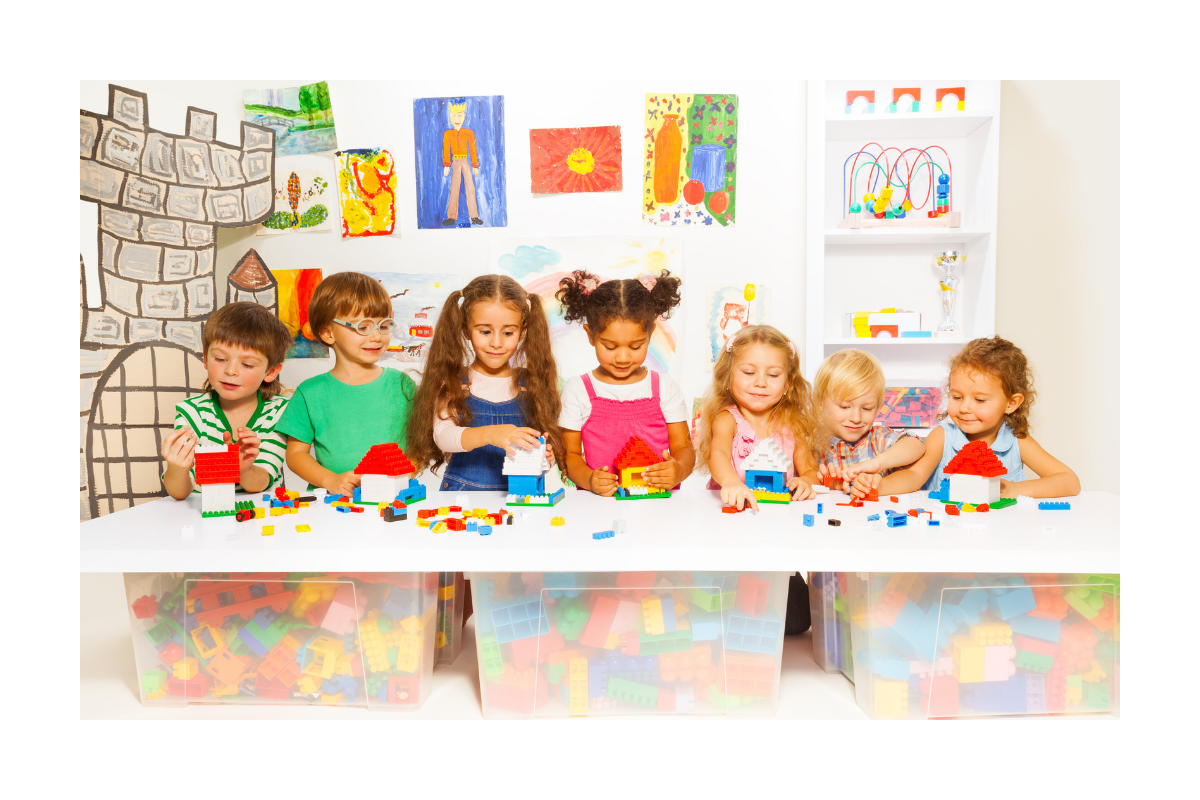Independent learning is a skill that means something different for everyone, depending on their age and experiences. This kind of unassisted learning is something that happens with infants all the way up through the elderly population. Every year, your child starts fresh by entering a new grade and a new environment for learning. Classroom education is the foundation children use as they go through school. Those who can figure out how to independently learn have a great tool, which will help them throughout their lives. There are ways that parents can encourage their child to become a self-learner from a young age.
We all know how traditional school goes. The teacher presents a lesson in front of the class. Some students take it upon themselves to listen, take notes, and aim to understand the objects. At some point in time, all students are supposed to demonstrate that they understand this content by completing assignments, exams, projects, etc. This kind of learning is known as passive learning. This is probably how most of us grew up and went through school. Self-learning takes a little bit of a different approach. This kind of learning builds on a child’s academic strengths and uses them to learn something new, independently. Let’s take a look at how we can encourage self-learning with our children.
1.) Start Early
For your infants and toddlers, create entertaining experiences and activities. These activities may be things that you do already. Consider singing, reading books, etc. This will help increase your child’s vocabulary as well as their concentration skills.
2.) Real World Connections
When trying to make connections, math is a pretty easy subject to do this with. With our young children, we can work to count items on their plate, how many birds they see, how many cars, etc. With reading, try to make different connections. We can encourage our children to make text-to-world connections. Many times we read a story and it triggers our mind to something that is happening in our world or an experience we’ve had.
3.) Fill in Gaps
Passive learning sometimes leaves gaps along the way. This kind of teaching usually uses a “one size fits all” approach. It can be hard for your child to move on to the next concept if the groundwork hasn’t been laid. Help your child learn how to reach out when there are those gaps. It is such a helpful tool to teach children how to recognize when they don’t know/understand something and to realize how that knowledge is needed to tackle something more challenging.
Self-learning is a tool that will help children become more independent and take control of their own learning. This also may help with self-confidence and the desire to learn. When children learn to take control of their learning, it will help them improve their ability to concentrate and pay attention for longer periods of time. As parents, we can continue to create opportunities for self-learning to occur. We can teach them to value success and find ways to ignite their passion for learning.




